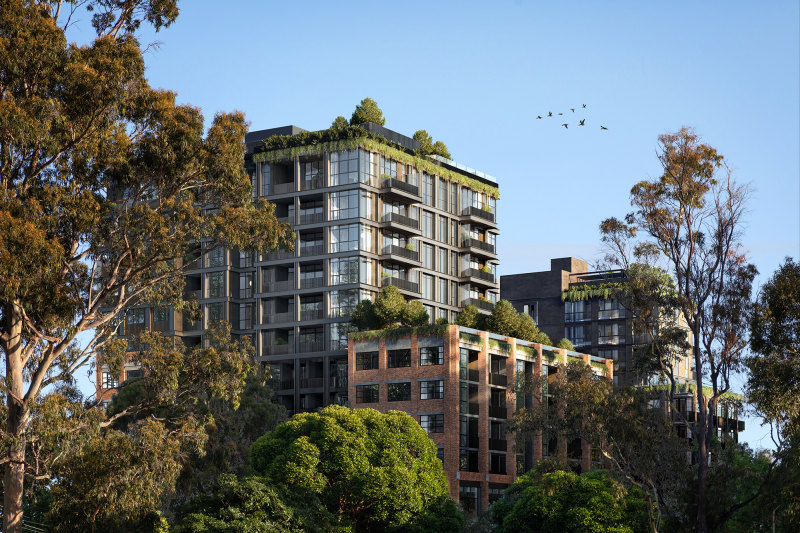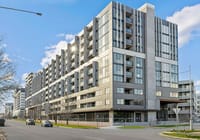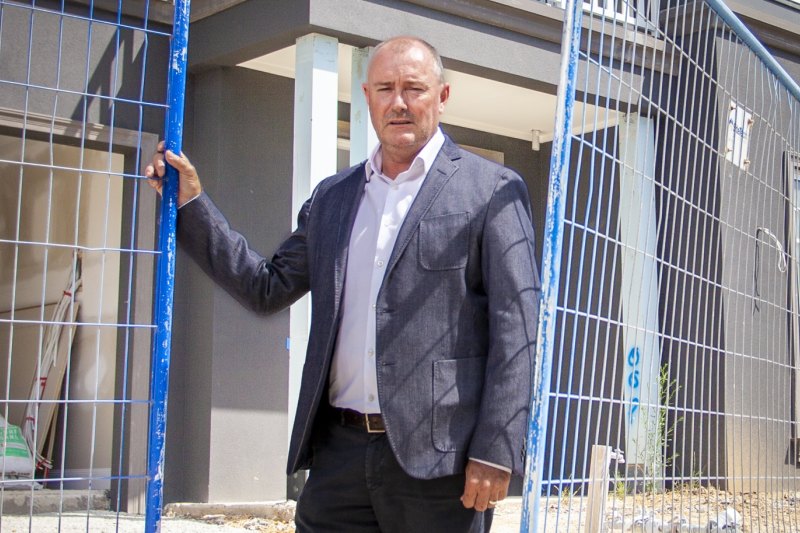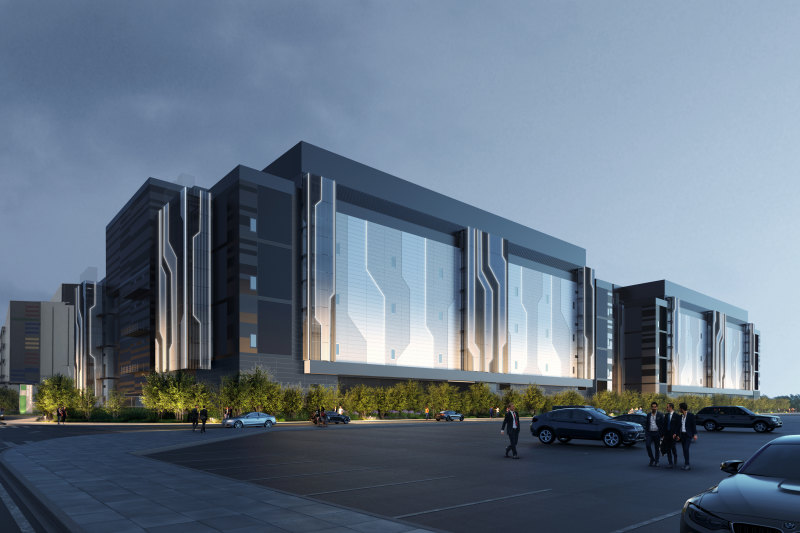
How an increasing focus on ESG is influencing the industrial sector
The commercial real estate’s industrial sector is beginning to slowly reform to meet investors’ requirements in terms of environmental, social and governance (ESG), particularly with new buildings or those undergoing major refurbishment.
“There’s a really big push from a lot of institutional capital, superannuation firms and offshore capital in terms of meeting ESG qualities, which is impacting investment decisions,” said Gavin Bishop, managing director of industrial and head of industrial capital markets Australia at Colliers.
“It’s still in its infancy, but it is gaining traction and it’s now on everyone’s radar. Companies like ISPT, Cbus Super and AustralianSuper are all very focused on ESG and it’s having an effect on design. I think, over time, there will be a flight to quality from an ESG perspective and they’ll be able to charge a premium on rent and leases.”
The driver is often to save money on greener, more energy-efficient buildings, but also to contribute to carbon-neutrality in the future – and to be seen to be doing so. As a result, there’s fresh interest in having solar power incorporated into new industrial buildings’ design and features like water recycling systems, he says.
In Brisbane, the demand for ESG tends to be centred on bigger developments, advises Greg Tate, associate director of Raine & Horne Commercial Brisbane Southside & Bayside. For warehousing from 20,000 to 40,000 square metres, it’s being taken into more consideration, particularly in terms of energy efficiency.
“With the newer big developments, ESG is coming in, mostly at the beginning as part of the planning process to win approvals,” said Mr Tate. “It is a feature in the new stock. But in areas with buildings built prior to 1980, there isn’t a lot of environmental focus at the moment, although it will come.
“We are now seeing investors buying older buildings and refurbishing them and that’s when they’re thinking about ESG and improvements they can make. That’s harder when there’s an older building with multiple tenancies with long leases in place.”
All the time, however, more information is becoming available about how to make older buildings smarter. Engineering consultancy Cundall, for instance, has just launched The Thinking Building, a guide to smarten and future-proof buildings by installing new technology and sensors to track and improve energy use and enable the adoption of strategies to avoid energy waste.
“Smart building platforms and control strategies are valuable for industrial asset owners because they enable real-time tracking and visibility of asset performance against ESG, sustainability targets and NABERS ratings,” said co-author and Cundall principal controls engineer Michelle Ganley. “[They can alert businesses] to energy use that is unexpected, improve the speed at which any faults are detected and addressed, and support predictive maintenance to reduce downtime, extend equipment life and improve asset resilience.”
One of the obstacles at the moment to investing more in ESG is the lack of supply of industrial buildings in some areas at the moment, warns Ben Cooper, managing director of commercial real estate company Cameron.
Demand in Melbourne’s south-east, for instance, is so outstripping the number of industrial sites available, that ESG concerns are left at the kerbside. “But ESG will be a much bigger focus in the future,” he said.
“ESG will definitely be a driver for securing those larger industrial corporate leases that translate to investors and funds that have a focus on sustainability and delivering a higher level. A lot will be driven by those investors or, for the smaller and medium-sized developments, by planning permit processes.”









